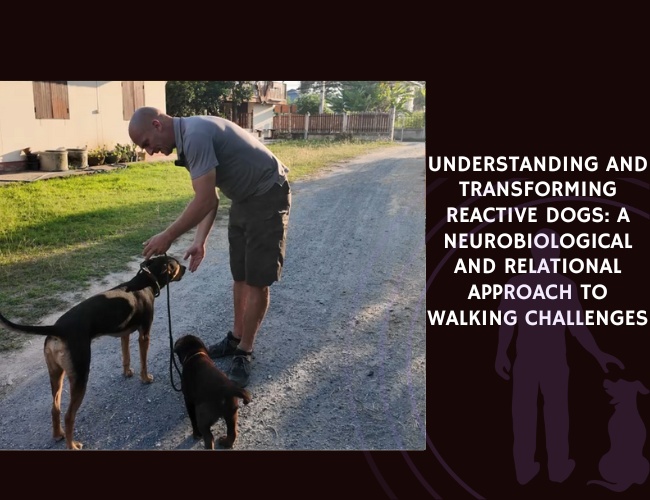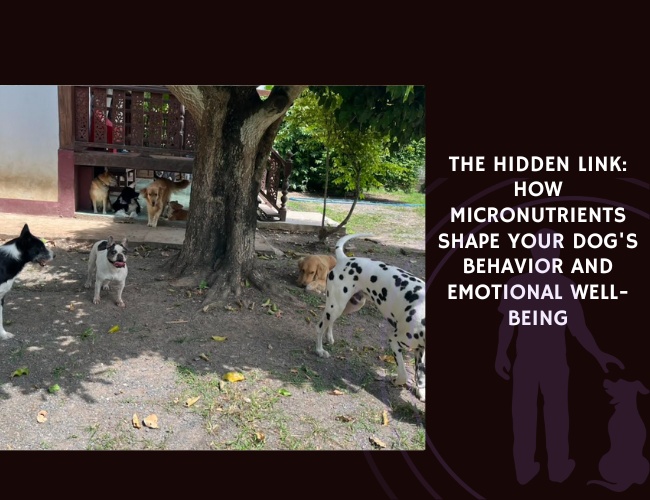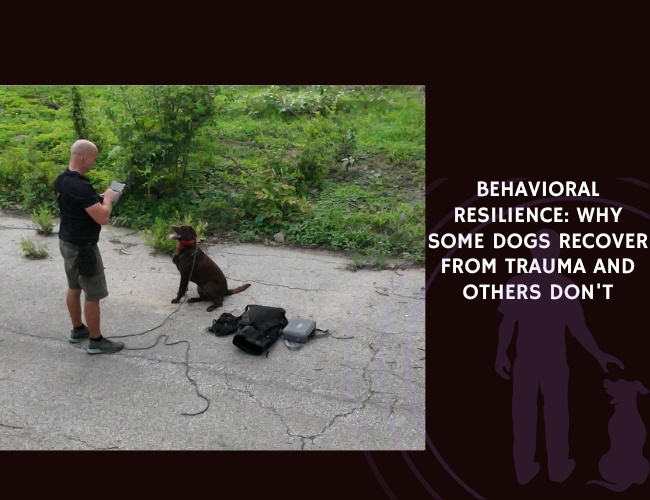Quick Facts about the Affenpinscher
- Origin: Germany
- Weight: 3–6 kg
- Life expectancy: 12–15 years
- Coat Colour: Black (most common), but also grey, silver, red, black and tan, or beige
- Breed Group: Toy / Companion
The Affenpinscher is a bold little dog with a big attitude. Known for its monkey-like expression, wiry coat, and fearless spirit, this ancient toy breed is both charming and surprisingly courageous.
Affenpinscher History
The Affenpinscher originated in Germany in the 17th century and was originally bred to control rodents in homes, shops, and stables. Its name comes from the German word “Affe”, meaning monkey—an apt description of its expressive face and mischievous demeanour.
Though originally larger, the breed was miniaturised to serve as a house companion while still keeping its working instincts. Over time, the Affenpinscher gained popularity in Europe, especially in France, and became a sought-after toy dog among nobility.
Despite its size, the Affenpinscher has retained the heart of a true terrier—alert, fearless, and independent.
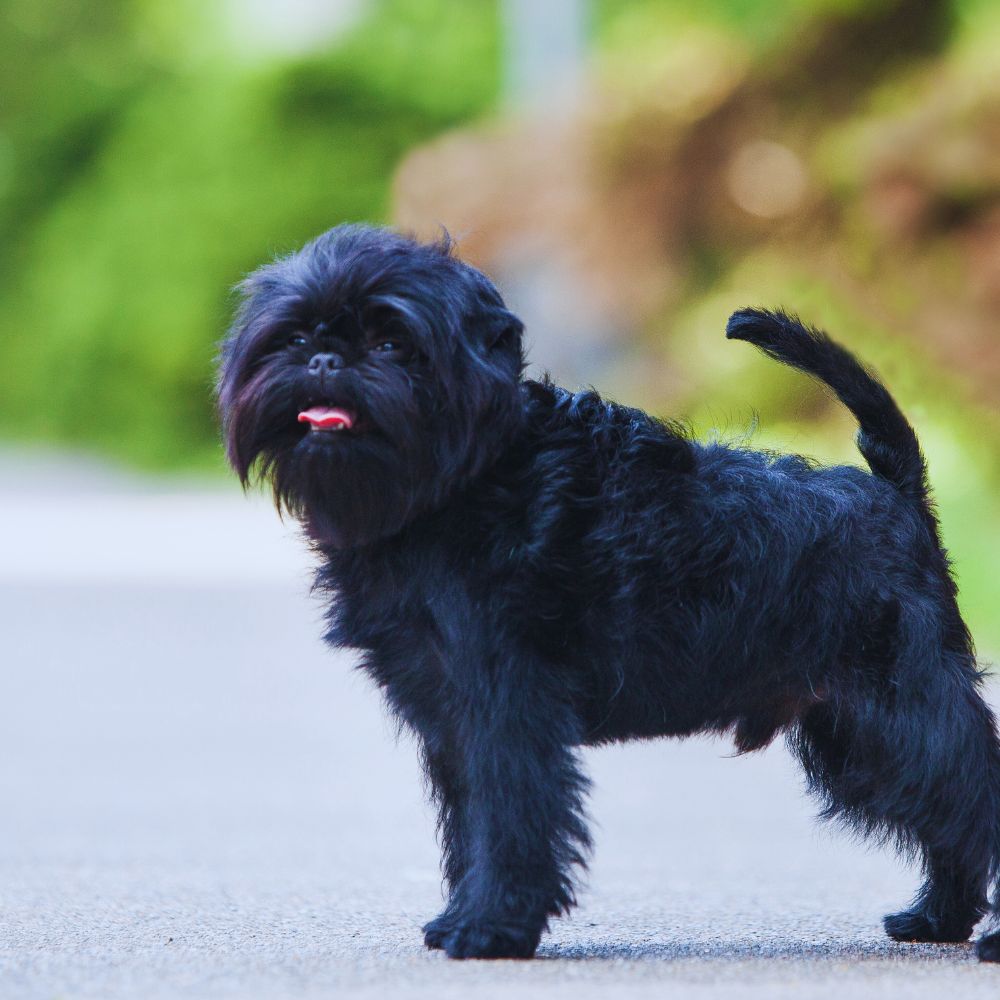
Affenpinscher Temperament
This breed is confident, curious, and full of quirky personality. Affenpinschers are typically affectionate with their owners and often form strong bonds, but they don’t tolerate rough handling or chaos—making them less ideal for very young children.
They can be territorial and alert, making them good watchdogs, but they’re not typically aggressive. Their intelligence and independence mean they may not always follow commands unless they see a reason to.
Note: Affenpinschers thrive with gentle but consistent leadership, early socialisation, and positive reinforcement training.
Health and wellness
Affenpinschers are relatively low-maintenance but need regular grooming due to their wiry coats. Weekly brushing and occasional trimming will keep their appearance tidy and their skin healthy.
Though generally robust, they are still a toy breed and should be handled with care. Their small size makes them well-suited for apartments, but they still require daily walks and mental engagement.
Significant problems:
Hip dysplasia
Luxating patella (common in small dogs)
Heart murmurs
Eye conditions (cataracts, PRA)
Brachycephalic traits (minor breathing concerns in extreme lines)
Life expectancy: 12–15 years
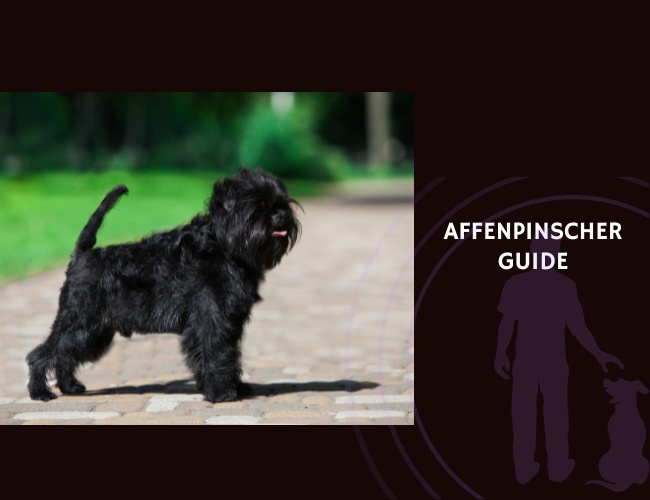
The Complete Guide to Affenpinscher
🔍 Looking to go deeper into dog training?
Use these categories to explore targeted guides and articles on canine behavior, nutrition, obedience, entertainment, and more.

